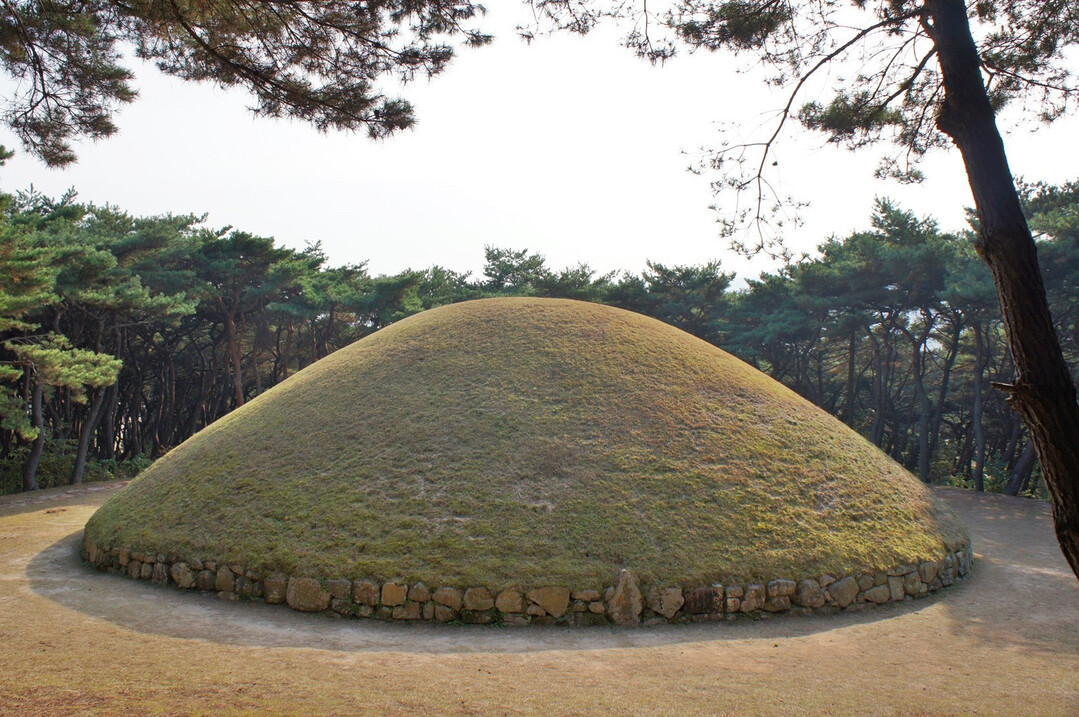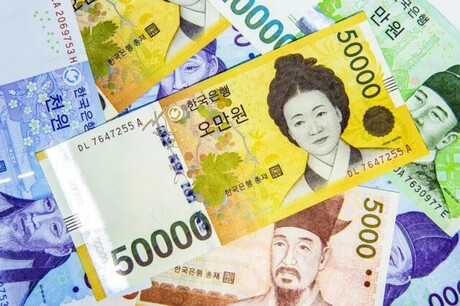
Nestled amidst a tranquil pine forest at the summit of Nangsan Mountain lies the tomb of Queen Seondeok, the 27th ruler of the Silla Dynasty. A testament to the period's elegant and understated aesthetic, the tomb itself offers a quiet dignity befitting a ruler renowned for her extraordinary intellect and prophetic abilities. While Queen Seondeok's reign marked a pivotal period in Silla's history, her legacy is perhaps most profoundly defined by her remarkable foresight, a quality celebrated in historical texts like the Samguk Yusa (Memorabilia of the Three Kingdoms). This ancient chronicle dedicates an entire section, "Seondeokwang Jigi Sam-sa" (Seondeok's Knowledge of Three Matters), to three key episodes that illustrate her almost supernatural wisdom.
The first tale, a diplomatic exchange with Emperor Taizong of the Tang Dynasty, highlights Seondeok's keen observational skills. The Emperor, perhaps testing her intellect, sent a gift of a peony painting and its seeds. As the story goes, upon receiving the gift, Queen Seondeok gazed at the lifelike depiction of the flower and declared, without hesitation, "This flower will have no scent." Her officials, baffled by her claim, dutifully planted the seeds. When the flowers eventually bloomed, her prediction was confirmed: they were beautiful but completely devoid of fragrance. Her insight, it is said, stemmed from the absence of butterflies in the painting—a detail she interpreted as a symbol of the flower's lack of allure and, by extension, its scentlessness. This subtle act of deciphering a hidden meaning in a simple image spoke volumes about her penetrating mind and ability to see beyond the obvious.
The second anecdote, a more dramatic affair, showcases her strategic brilliance. The tale of the Okmunji Pond is one of the most famous examples of Seondeok's prophetic military acumen. On a cold winter day, a sudden, inexplicable clamor of frogs croaking for three days and three nights erupted from the pond near Yeongmyosa Temple. While others saw only a strange natural phenomenon, Queen Seondeok saw a premonition. She immediately summoned her generals, Alcheonrang and Pilchanrang, and gave them a simple but decisive order: "Go west, where you will find enemy soldiers hiding. They are imitating the croaking of frogs to mask their movements." Acting on her intuition, the generals led their troops westward and, as she had foreseen, discovered a hidden force of hundreds of Baekje soldiers. The Silla forces, now prepared, were able to ambush and swiftly defeat the invaders, saving the kingdom from a surprise attack. This event cemented her reputation not just as a wise monarch but as a brilliant military strategist whose intuition could pierce through enemy deception.
However, the most extraordinary of these prophecies is her final one, concerning her own death and burial. As her life drew to a close, Queen Seondeok gathered her officials and made a final request: "When I die, bury me in Dori-cheon (Trayastrimsa Heaven)." When her confused ministers, unfamiliar with this heavenly location, asked for clarification, she simply instructed them to bury her on Nangsan’s southern slope. They honored her wishes, interring her on the mountain as instructed. The full genius of her foresight, however, was not realized until 33 years later. King Munmu, the unifier of the Three Kingdoms, constructed the magnificent Sacheonwangsa Temple at the very foot of Nangsan. It was then that her officials, remembering her last words, understood the profound meaning of her request. In Buddhist cosmology, Trayastrimsa Heaven is located directly above the Heaven of the Four Great Kings (Sacheonwangcheon). The temple's name, "Sacheonwangsa," symbolized this earthly heaven, and by being buried on the mountain above it, Queen Seondeok had placed herself, in death, in the very Dori-cheon she had spoken of. Her final act was a magnificent testament to her deep understanding of Buddhist philosophy and a final, brilliant display of her visionary intellect.
Queen Seondeok’s legacy, preserved in the stories of her prophetic wisdom, paints the portrait of a ruler who transcended the limitations of her time. From understanding the subtleties of a painting to foreseeing military attacks and even her own place in the afterlife, her sagacity was a guiding force for Silla. Her tomb on Nangsan is more than just a burial site; it is a monument to an extraordinary queen whose mind, like the pine trees surrounding her, stood tall and saw far beyond the horizon.
[Copyright (c) Global Economic Times. All Rights Reserved.]




























